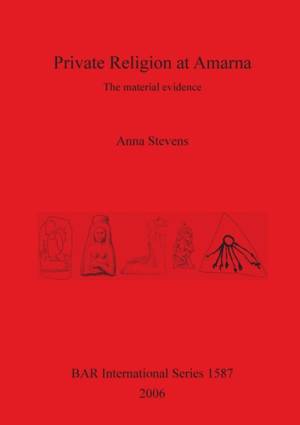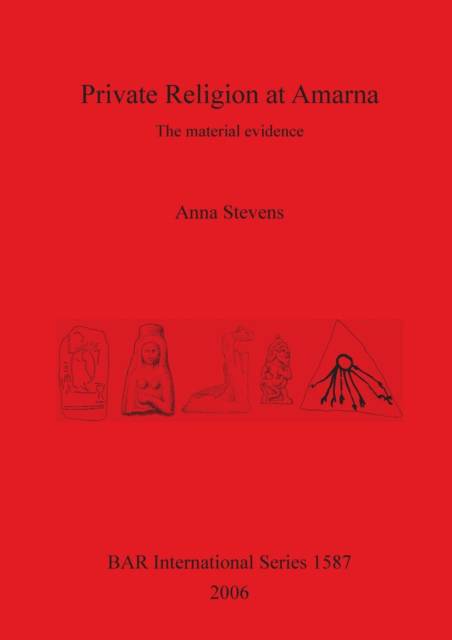
- Retrait gratuit dans votre magasin Club
- 7.000.000 titres dans notre catalogue
- Payer en toute sécurité
- Toujours un magasin près de chez vous
- Retrait gratuit dans votre magasin Club
- 7.000.0000 titres dans notre catalogue
- Payer en toute sécurité
- Toujours un magasin près de chez vous
Description
In this study the author approaches the realm of 'private religion' in Egypt some 3,300 years ago. The two broad research questions that frame this study are: What was the structure of the private religious landscape at Amarna (Central Egypt, on the Nile), and what were the ideas that shaped this landscape? The starting point is a corpus of objects and structures from settlement remains at one site, Amarna, the location of Egypt's capital for a brief period (c.350 - 330 BCE) towards the end of the Eighteenth Dynasty. At the height of its occupation, Amarna was the administrative, political and religious centre of Egypt. (Estimates of the city 's population at this time range between 20,000 and 50,000 people.) This publication is divided into three parts.Part I places the study in context. The history of the Amarna period, the layout of the site and its excavation history are summarized. Part 2 explores the issue of how to define private religion and identify its material remnants: the inventory of the material evidence - objects, architectural emplacements and buildings. It is hoped that the dissemination of this material will assist others researching similar topics, making available unpublished evidence from most of the main phases of excavation at the site. Part 3 explores the design, manufacture and acquisition of the material components of religion, and considers the forms of the conduct in which they were used. Also examined are the transcendental forces involved: the royal family and Aten, and 'traditional ' deities and spirits, including private ancestors. Part 3 also considers the shape of the religious cityscape, and the questions of who was participating in religion, and what was done with the material when it was no longer in use. The study concludes with a discussion of the motivating factors that underlay religious conduct, and which open a small window onto the ideas that shaped the religious landscape more broadly.
Spécifications
Parties prenantes
- Auteur(s) :
- Editeur:
Contenu
- Nombre de pages :
- 376
- Langue:
- Anglais
- Collection :
- Tome:
- n° 1587
Caractéristiques
- EAN:
- 9781407300009
- Date de parution :
- 31-12-06
- Format:
- Livre broché
- Format numérique:
- Trade paperback (VS)
- Dimensions :
- 210 mm x 297 mm
- Poids :
- 1211 g

Les avis
Nous publions uniquement les avis qui respectent les conditions requises. Consultez nos conditions pour les avis.






